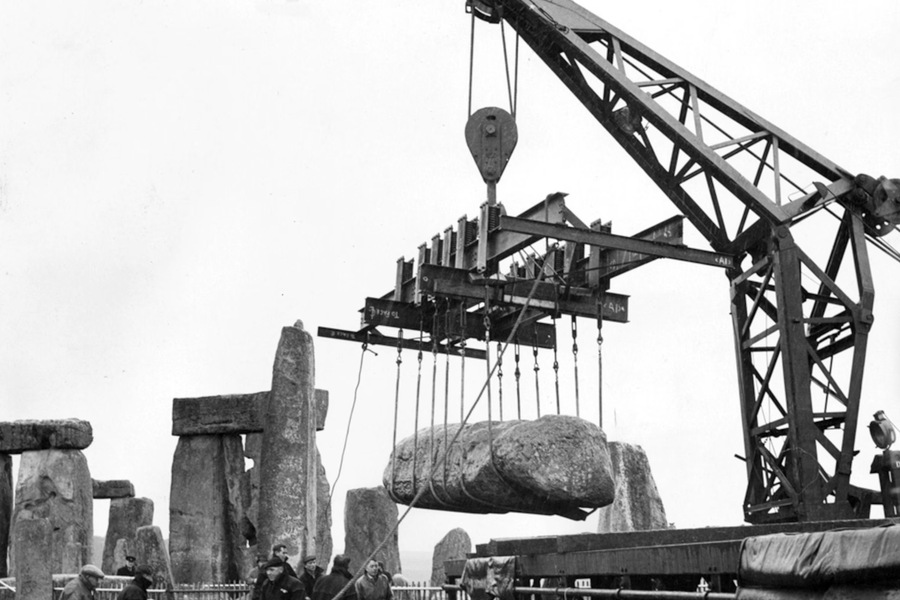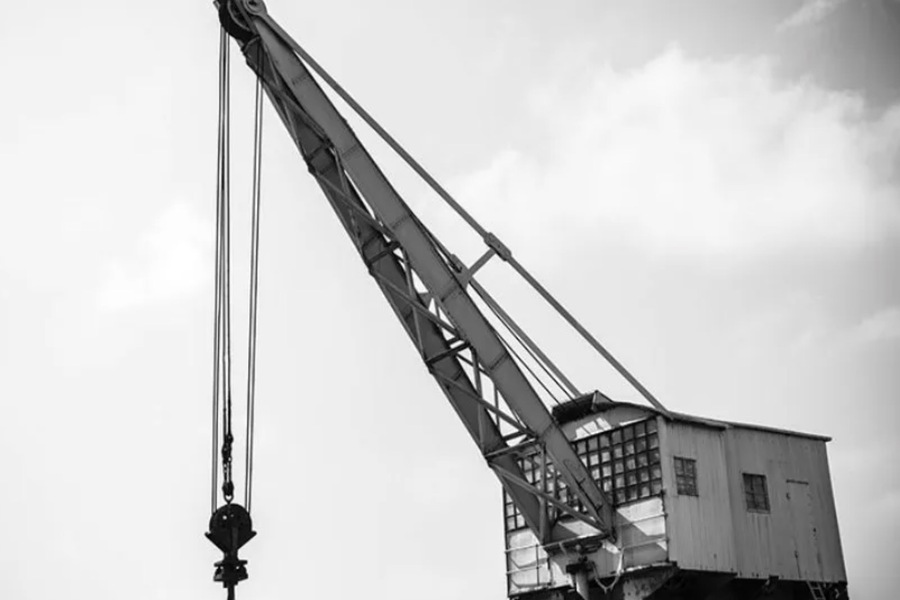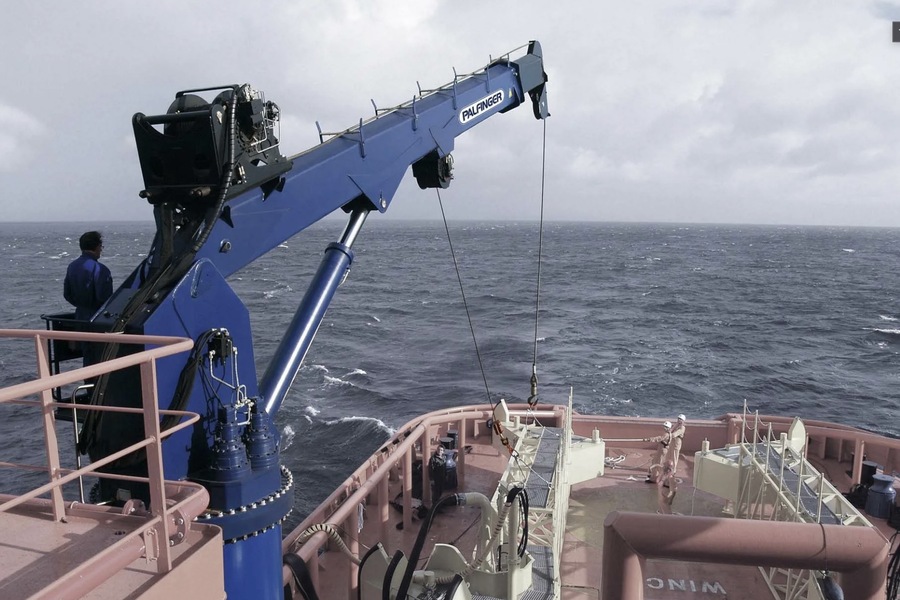
The development of lifting mechanisms is one of the most fascinating chapters in human ingenuity, tracing back to the dawn of civilization. From primitive tools like ramps and levers to the towering cranes of today, the journey reflects our enduring quest to defy gravity and build ever more ambitious structures. This evolution is marked by incremental innovations, driven by necessity and creativity, which have collectively transformed construction, transportation, and engineering. Today, cranes are ubiquitous in urban landscapes like Dubai and beyond, where crane services in Dubai play a pivotal role in enabling the construction of everything from skyscrapers to massive infrastructure projects. To fully appreciate this progress, it’s essential to delve deeply into the history of these mechanisms, tracing their transformation from simple aids to sophisticated machines.
Primitive Beginnings: Ramps and Levers
In the earliest civilizations, humans relied solely on muscle power to lift and transport heavy materials. Recognizing the physical limitations of the human body, ancient builders developed simple machines such as ramps and levers, tools that harnessed basic principles of physics to amplify strength. These tools formed the foundation of mechanical lifting and were instrumental in early architectural achievements.
Ramps: The First Inclined Planes
Ramps, or inclined planes, were among the first mechanical solutions for lifting heavy loads. By increasing the distance over which an object was moved, ramps reduced the force required to lift it vertically. For example, a 2.5-ton stone block could be gradually dragged up a ramp, significantly lessening the immediate effort needed. This innovation played a central role in the construction of monumental structures like the pyramids of Ancient Egypt.
The success of ramps was, however, contingent on their design. The length and slope of the ramp determined its mechanical advantage, with flatter slopes requiring less effort but necessitating more labor and time due to the extended travel distance. Estimates suggest that the construction of a single pyramid in Giza required over 50,000 workers over decades, emphasizing the immense human effort involved despite these innovationsю
Levers: Simple but Effective
The lever, another fundamental invention, provided a way to lift and move heavy objects using a rigid beam pivoting on a fulcrum. By increasing the length of the lever arm, workers could multiply their lifting power. Ancient builders used levers to roll and position heavy stones, especially during the construction of temples, fortifications, and other monumental projects. Despite their utility, levers were often labor-intensive, requiring large teams to apply sufficient force to shift massive weights.
The Greek Contributions: Pulley Systems
The Greeks revolutionized lifting technology with the introduction of the pulley system around the 6th century BCE. These early devices consisted of a grooved wheel through which a rope or cable was threaded. While a single pulley did not reduce the force required to lift a load, it simplified the task by allowing workers to pull downward rather than upward, a more natural and effective motion.

The Compound Pulley
Greek engineers soon combined multiple pulleys to create compound systems, which significantly reduced the effort needed to lift heavy objects. These systems provided a mechanical advantage by distributing the load across several ropes, allowing workers to lift weights far beyond their individual capacity. This innovation found widespread application in construction, enabling the Greeks to build intricate temples and massive structures like the Parthenon with greater efficiency.
Roman Engineering: The Treadwheel Crane
The Romans expanded on Greek innovations with the introduction of the treadwheel crane, a marvel of ancient engineering. These cranes, powered by human or animal effort, used a large wheel to wind a rope or cable around a drum, lifting heavy loads with remarkable ease.
Port Applications
Treadwheel cranes were particularly valuable in Roman ports, where they facilitated the loading and unloading of ships. These cranes often featured dual wheels, allowing multiple workers to generate the power needed to lift loads weighing several tons. Their efficiency made them indispensable for expanding trade networks and constructing grand architectural projects like aqueducts, amphitheaters, and fortifications.
Versatility and Advancements
Roman engineers also introduced rotary cranes, which featured a boom capable of swiveling horizontally. This design innovation allowed workers to move loads laterally, further increasing the crane’s utility. By the height of the Roman Empire, treadwheel cranes had become a symbol of technological prowess, widely used in construction, shipping, and military engineering.
Medieval Revival: Gothic Construction and the Renaissance of Cranes
The decline of the Roman Empire led to a temporary stagnation in technological advancement. However, by the 13th century, Europe experienced a resurgence in crane usage, driven by the construction of Gothic cathedrals and the expansion of trade.
Gothic Architecture and Crane Use
The towering spires and intricate stonework of Gothic cathedrals required cranes capable of lifting massive stones to unprecedented heights. Builders used treadwheel cranes extensively, often assembling them atop partially constructed structures to hoist materials upward as construction progressed.
Port Cranes in Medieval Trade
During this period, port cranes became increasingly sophisticated, with large treadwheels and rotary mechanisms enabling the efficient loading and unloading of goods. These cranes were vital to the economic growth of medieval cities, facilitating trade and commerce on an unprecedented scale.

The Industrial Revolution: A Turning Point in Lifting Technology
The Industrial Revolution marked a transformative era for lifting mechanisms. Innovations in materials, energy sources, and engineering practices ushered in a new age of crane technology, making it possible to lift heavier loads with greater precision and efficiency.
Iron and Steel Construction
The replacement of wooden crane components with iron and later steel dramatically increased the strength and durability of these machines. This shift allowed engineers to design larger, more powerful cranes capable of handling the demands of industrial-scale construction and transportation.
Steel Cables
The invention of steel cables during the 19th century further revolutionized crane design. Stronger and more flexible than traditional ropes, steel cables enabled cranes to lift and manipulate significantly heavier loads with improved safety and reliability.
Steam Power
Perhaps the most significant advancement of this era was the integration of steam engines into crane designs. Steam-powered cranes eliminated the need for human or animal labor, enabling continuous operation and greater lifting capacities. These machines were instrumental in building railroads, factories, and large-scale infrastructure projects that defined the industrial age.
Modern Cranes: Precision, Power, and Versatility
The 20th and 21st centuries have seen cranes evolve into highly specialized machines, tailored to meet the demands of various industries. Advances in electric and hydraulic systems, computer-aided design, and materials science have transformed cranes into marvels of modern engineering.
Electric and Hydraulic Cranes
Electric motors replaced steam engines in the early 20th century, offering greater precision and control. Hydraulic systems further enhanced lifting capabilities by providing smooth, powerful motion, even under heavy loads.
Specialized Cranes
Today, cranes come in a wide variety of types, including tower cranes for skyscraper construction, mobile cranes for flexibility, and gantry cranes for industrial applications. These machines are equipped with advanced features such as load sensors, automated controls, and GPS systems, ensuring efficiency and safety.
Extreme Environments
Modern cranes are designed to operate in the harshest conditions, from underwater salvage operations to space exploration. This adaptability underscores the limitless potential of lifting technology.
Conclusion
The history of lifting mechanisms is a testament to humanity’s ingenuity and determination to overcome physical limitations. From the humble ramps and levers of ancient civilizations to the advanced cranes of today, each innovation has built upon the last, enabling us to construct the remarkable world we live in. As cities like Dubai continue to push the boundaries of architectural and engineering possibilities, cranes remain at the forefront, symbolizing progress and the enduring human spirit of invention.



There are no reviews yet.